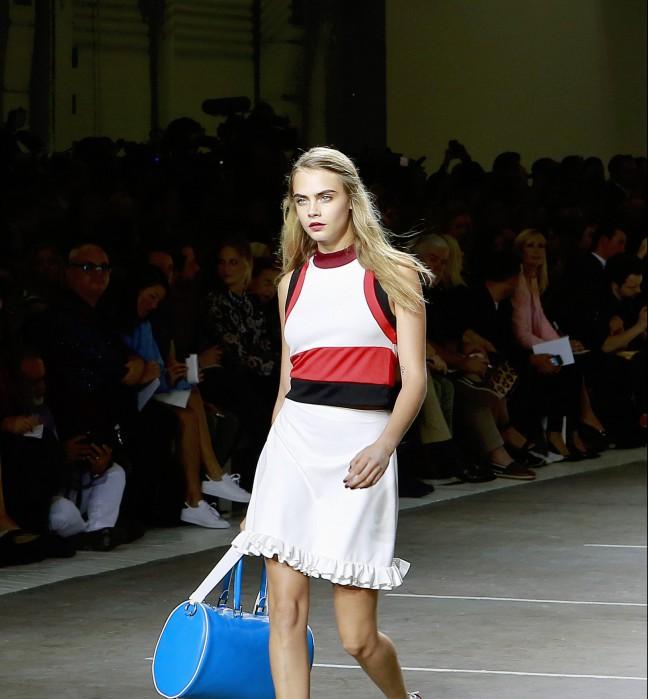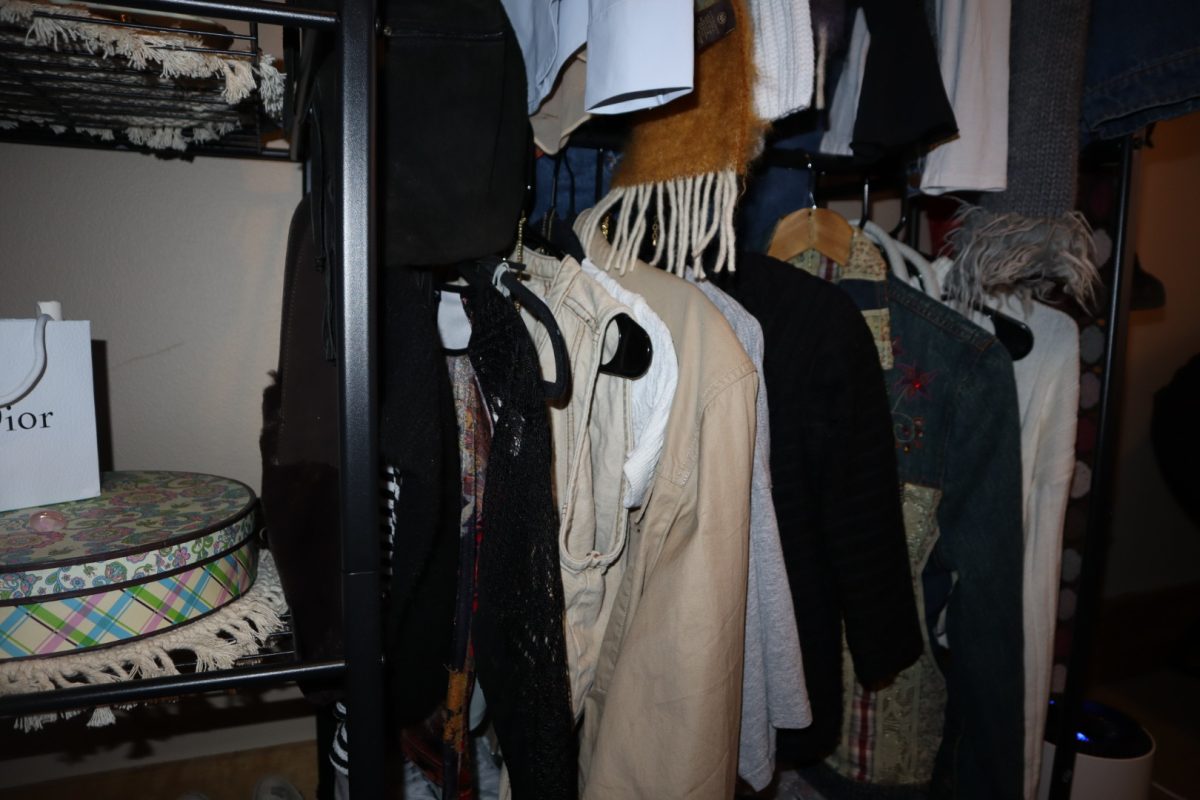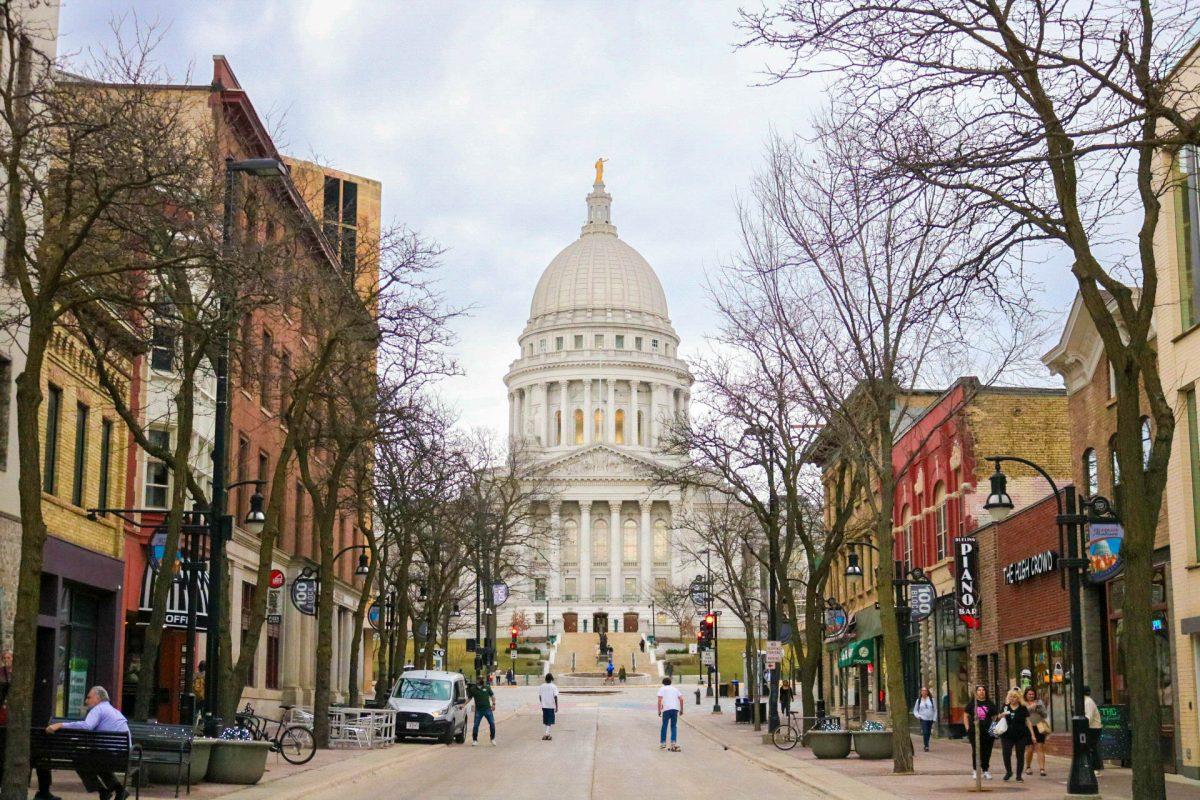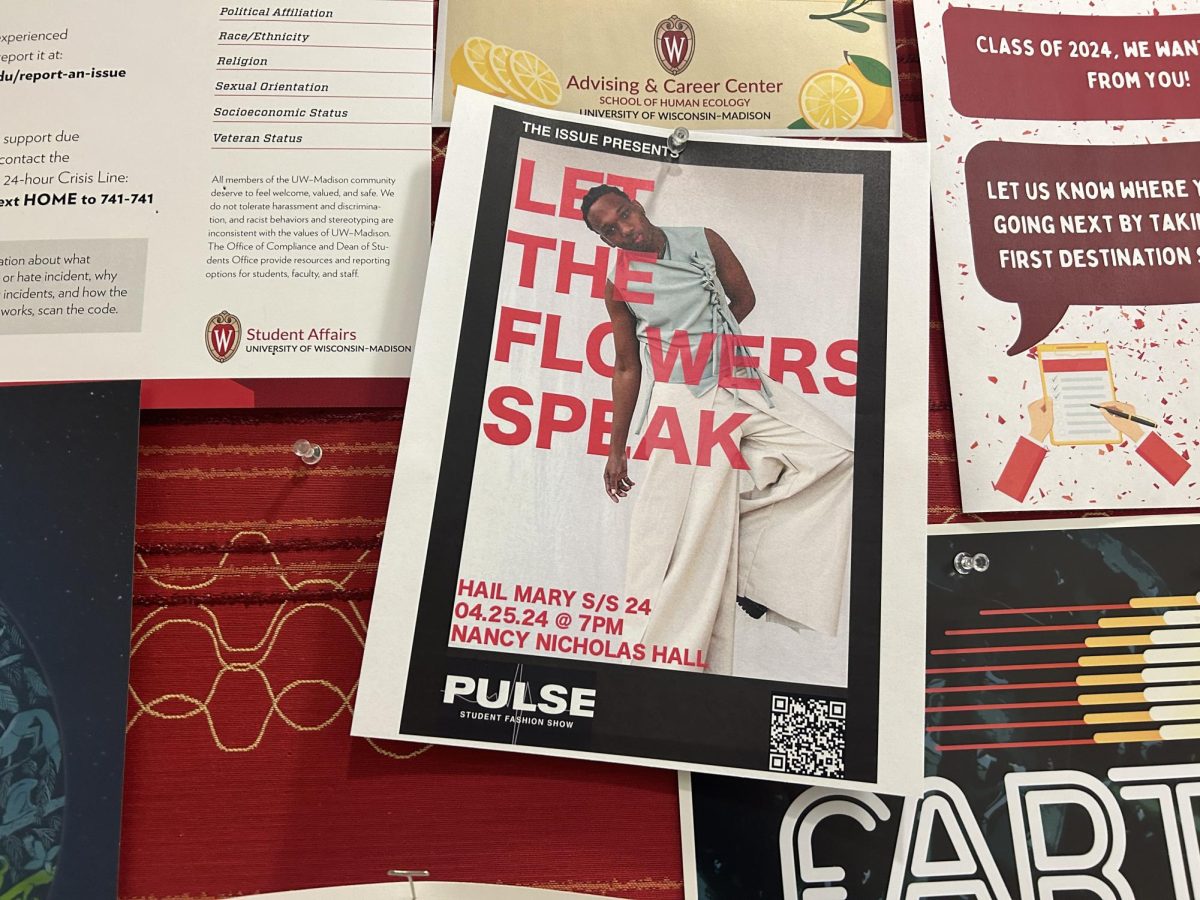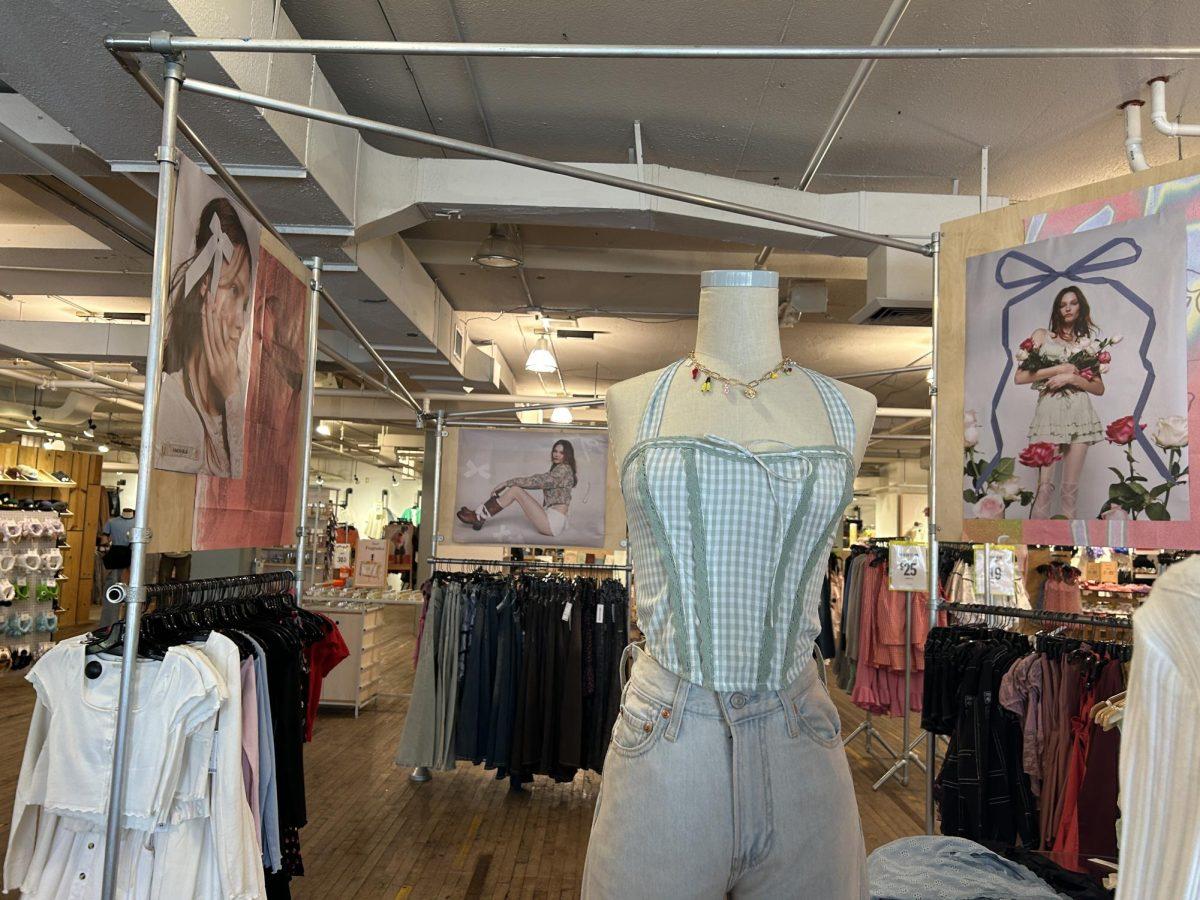Where words fail, fashion speaks.
Communication comes in all forms, but clothing is by far one of the most objective ways to communicate a message. From pressed suits to EDC raver costumes, there’s an outfit to match every occasion, but where does the inspiration for apparel sprout from? The answer is, quite simply, from the best runways in the world.
With both New York and London Fashion Week just ending, the world’s trendiest minds are left to contemplate just how to reorganize their wardrobe. From business conservative to dreamy and daring, both NYFW and LFW had much to offer in both new and recycled styles.
NYFW is generally known for displaying clothing that is safe — items that will be purchased based on their assimilation to the clothes people already have in their own closets. New York is hustle bustle, so a business-professional wardrobe is always in high demand. NYFW reflected that to a large extent.
America’s consumer-based fashion is market-driven and doesn’t always warrant a need for taking chances. That’s not to say there aren’t American fashion designers throwing caution to the wind, but given the pretext, it’s likely those who take inspiration from these high-end designers will water down more extreme styles, anyway.
In contrast, LFW starkly differs in the way fashion is culminated and sold. London fashion is edgy, evolving and diverse, hosting designers who pull their inspiration from dreamy, fantastical realities.
There is a light-heartedness to the fashion game in London, and it shows. Although London may be growing more commercialized like the U.S., there still remains an element of playfulness and ingenuity. Designers are not afraid of making mistakes.
With everything said and done, both New York and London have similarities. Both fashion weeks brought the textures — fur, velvet, latex, denim, sequins, lace and embroidery. There is a significant trend in how designers are reproducing these textures both to highlight mid to late 20th century fashion and cross-connect them in new ways.
90s’ grunge, 80s’ prom dresses and psychedelic patterns from the ‘60s and ‘70s appeared on the runway stages of both venues in new and exciting ways, leaving one message — high fashion encourages stepping outside of decadal trends and into boundless ingenuity.


